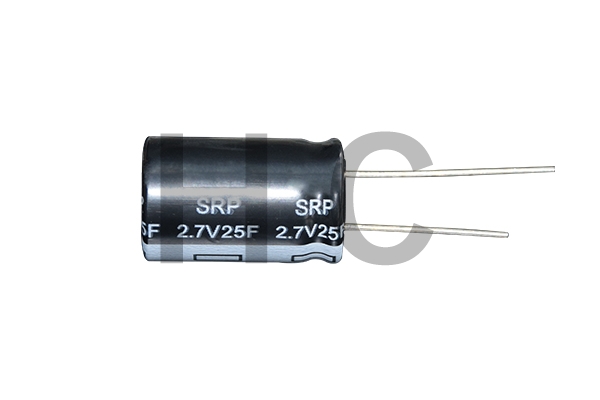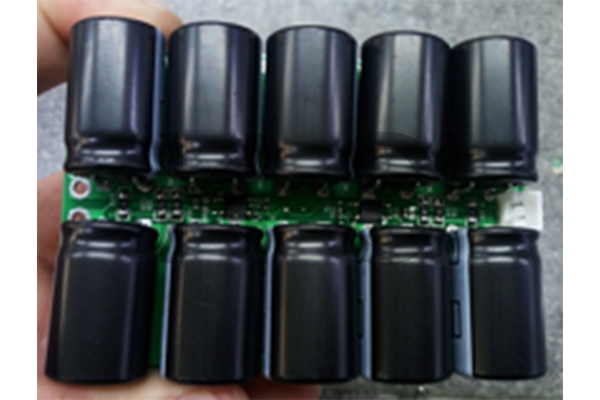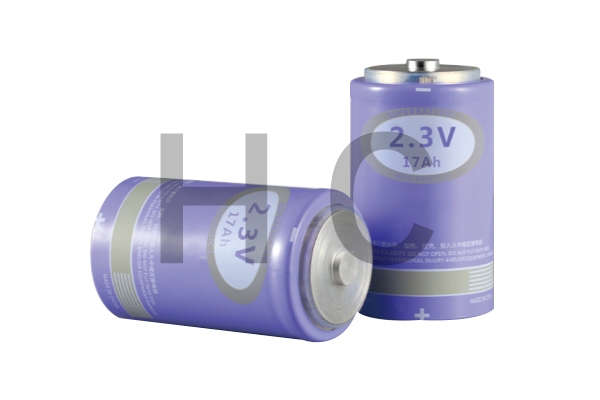Supercapacitors have excellent pulse charge-discharge and large-capacity energy storage performance, and the single capacity has reached the 10,000-farad level. It is an energy storage element between electrostatic capacitors and batteries. Farad capacitors regard electric double-layer supercapacitors as 2 inactive porous plates suspended in an electrolyte, and a voltage is applied to the 2 plates. The potential applied to the positive plate attracts the negative ions in the electrolyte, and the negative plate attracts the positive ions, thus forming an electric double layer capacitor on the surface of the two electrodes.

Fast charging. Supercapacitor charging is a physical process of charging and discharging of the electric double layer or a fast and reversible chemical process on the surface of the electrode material. It can be charged with a large current and can complete the charging process within tens of seconds to several minutes. Charge.
The electrochemical reactions that occur during the charging and discharging process of supercapacitors have good reversibility, and are not prone to a series of end-of-life phenomena such as crystal transformation, shedding, and dendrites penetrating the diaphragm similar to the active substances in batteries. The theory of carbon electrode capacitors The cycle life is infinite, and it can actually reach more than 100,000 times, which is 10 to 100 times higher than that of batteries.

Supercapacitors have high charge and discharge efficiency, have a certain ability to withstand overcharge and overdischarge, and can be repeatedly charged and discharged stably. In theory, maintenance is not required. Supercapacitors do not use heavy metals and other harmful chemicals in the production process, and have a long service life, so they are a new type of green power source.
However, the unreasonable installation position of supercapacitors is easy to cause problems such as electrolyte leakage, which destroys the structural performance of the capacitors. The use of supercapacitors is limited to DC circuits due to the larger internal resistance of supercapacitors compared to aluminum electrolytic capacitors, which is not suitable for the operation requirements of AC circuits. From a physical point of view, supercapacitors have the characteristics of short charging time, long running time, good temperature control effect, and strong environmental protection performance.
